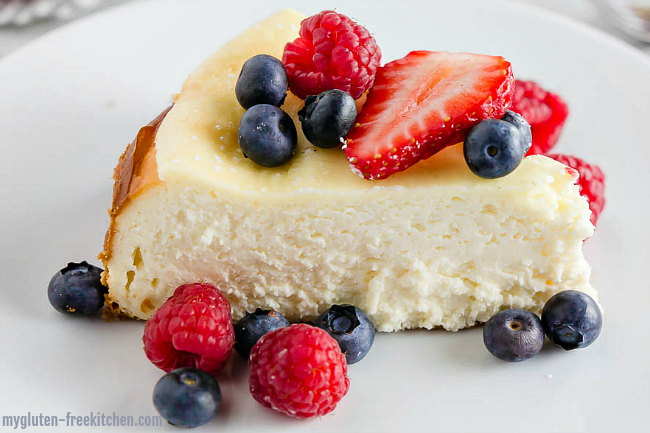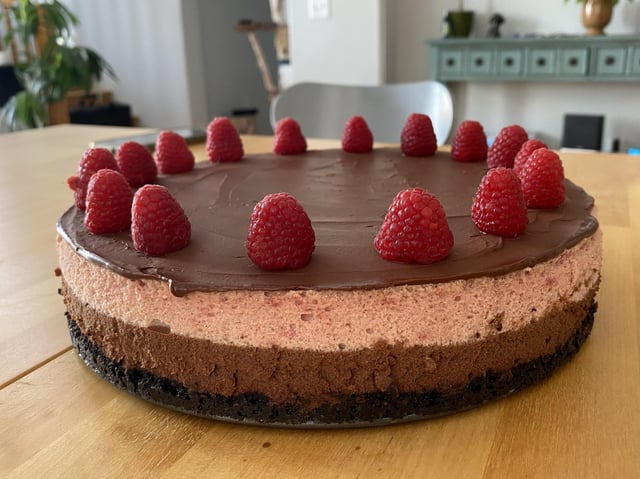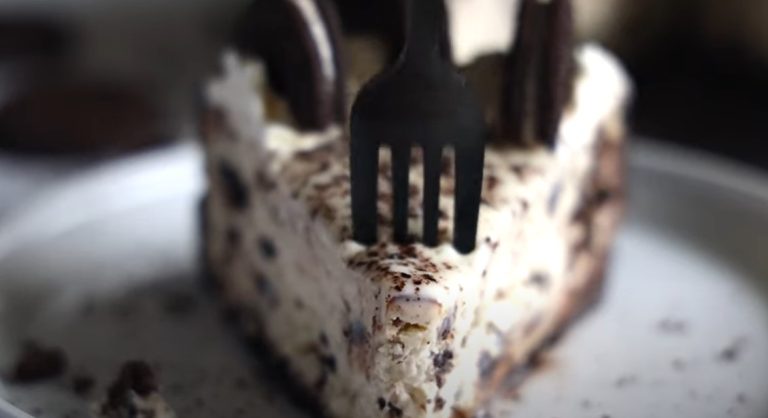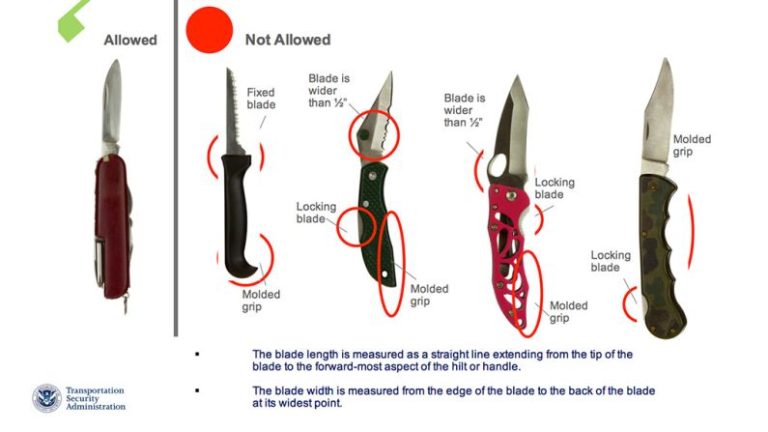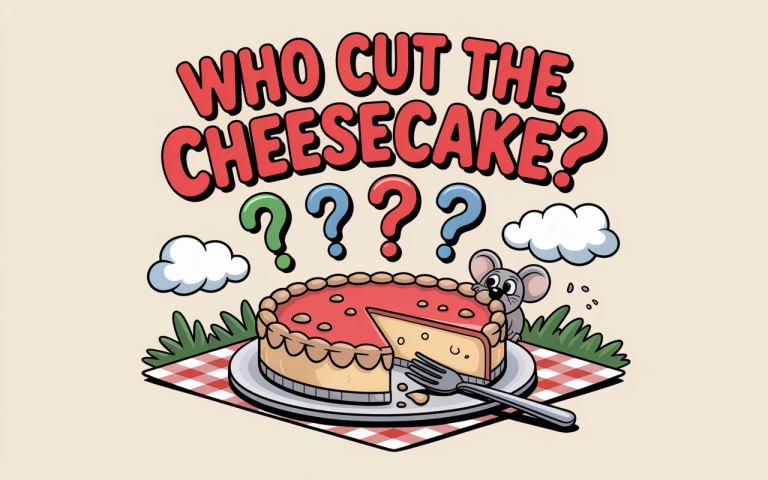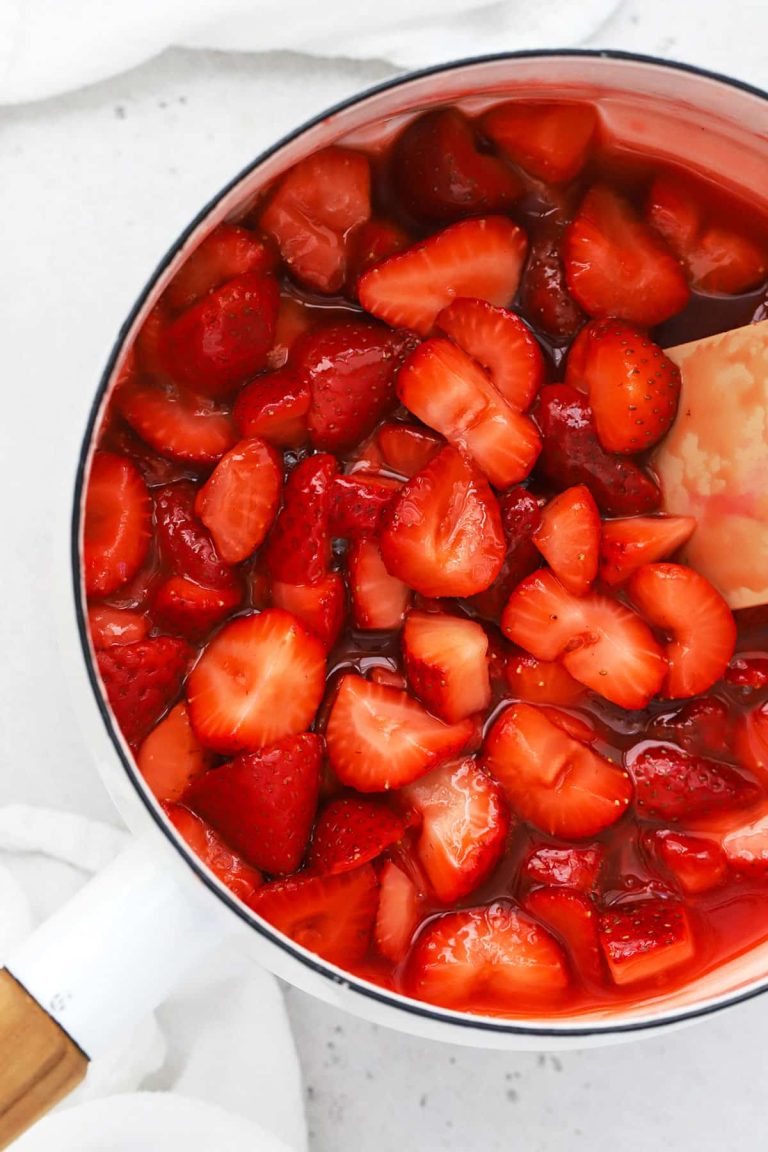Does Cheesecake Have Gluten? Uncover the Truth!
Does cheesecake have gluten? Cheesecake can contain gluten, especially in the crust, which is often made from crushed cookies or graham crackers with wheat. The filling is usually gluten-free, but always check ingredients or labels. For a gluten-free version, use gluten-free cookies or crust alternatives like almond flour or gluten-free graham crackers.
This seemingly simple question can turn your sweet indulgence into a puzzle. You deserve to savor every bite without worry, and this article is here to guide you through the gluten maze of cheesecake. Whether you’re gluten-sensitive, have celiac disease, or are just curious, understanding what’s in your dessert can make all the difference.
Stick around to uncover the truth about cheesecake and gluten, so you can enjoy your treat with peace of mind.
Does Cheesecake Have Gluten?
Ingredients Of Cheesecake
Cheesecake, a beloved dessert, often sparks curiosity about its ingredients. People wonder if it contains gluten. To understand this, we need to break down the components of a typical cheesecake. Each part plays a crucial role in its delightful taste and texture.
Base Or Crust
The crust usually holds the cheesecake together. It often consists of crushed graham crackers or cookies mixed with butter. These crackers may contain wheat, a common gluten source. Some recipes use gluten-free alternatives. The base is a key area for gluten presence.
Cream Cheese Filling
The filling is the heart of the cheesecake. Cream cheese, eggs, and sugar form the creamy layer. Pure cream cheese is gluten-free. Additional flavorings or thickeners could introduce gluten. Always check labels for hidden gluten sources.
Flavorings And Toppings
Cheesecakes may include various flavorings and toppings. Vanilla extract, chocolate, or fruit are common choices. Most are naturally gluten-free. Toppings like cookie crumbs might contain gluten. It’s essential to know what goes into your cheesecake.
Thickeners And Binders
Some recipes use thickeners or binders. These can be cornstarch, gelatin, or flour. Cornstarch and gelatin are safe for gluten-free diets. Flour-based binders are not. Understanding these ingredients helps identify potential gluten sources.
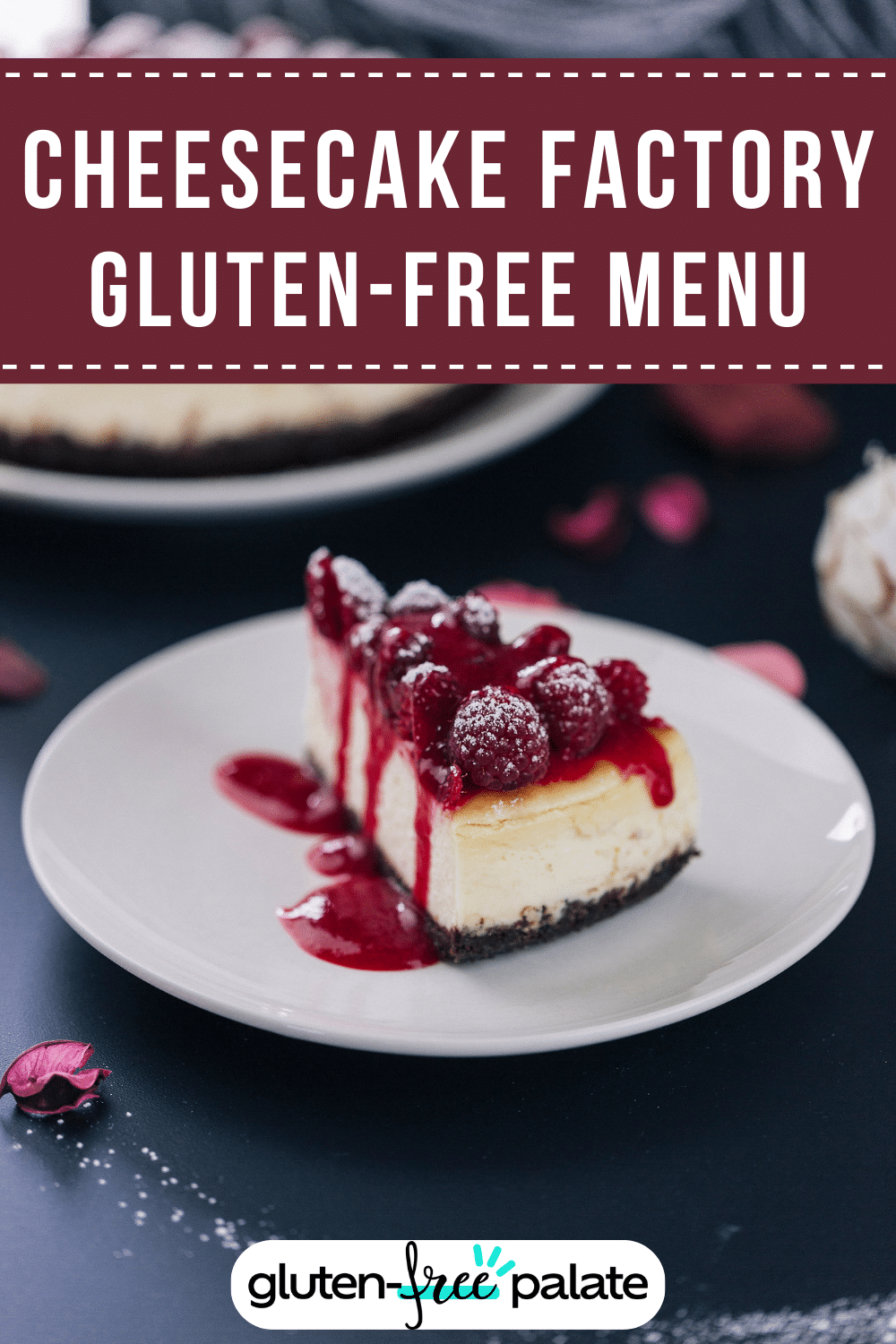
Credit: www.glutenfreepalate.com
Gluten Sources In Cheesecake
Cheesecake is a beloved dessert cherished by many. But does it contain gluten?
Understanding the sources of gluten in cheesecake is important for those with gluten sensitivities.
Let’s explore where gluten may hide in this creamy delight.
The Crust
The crust is the main gluten source in cheesecake. Traditional crusts are made with graham crackers.
These crackers contain wheat flour, which has gluten. Other crusts may use crushed cookies or biscuits.
These also usually contain gluten. If you’re avoiding gluten, watch out for these ingredients.
Thickening Agents
Some cheesecake recipes use thickening agents. These help give the cake its texture.
Flour is a common thickener, adding gluten. Cornstarch or gelatin are gluten-free alternatives.
Always check the recipe or packaging for gluten content.
Flavorings And Fillings
Flavorings and fillings can also introduce gluten. Some vanilla extracts or chocolate chips contain gluten.
Even fruit toppings might have added gluten. Check labels carefully to ensure they’re gluten-free.
This is crucial for those with gluten intolerance.
Cross-contamination
Cross-contamination occurs during preparation. Using shared utensils or surfaces can introduce gluten.
This is a risk in restaurants or bakeries. At home, keep a clean workspace to avoid gluten exposure.
Gluten-free Alternatives
Many wonder if cheesecake is gluten-free. Traditional recipes usually contain gluten. The crust often uses graham crackers or cookies. These ingredients typically have wheat. Those avoiding gluten may need alternatives. Luckily, several gluten-free options exist.
Using Gluten-free Cookies Or Crackers
Substitute regular graham crackers with gluten-free versions. They offer the same texture. Available at many grocery stores. These substitutes maintain the classic cheesecake taste. Use them to create a delicious base.
Opting For Nut-based Crusts
Nuts provide a tasty crust alternative. Almonds, pecans, or walnuts work well. Crush them finely for best results. Mix with butter and sugar. Press into the pan as you would with crumbs. This option is both gluten-free and nutritious.
Exploring Oat-based Crusts
Oats can be a great crust base. Ensure you use certified gluten-free oats. Grind them into a coarse flour. Combine with butter and a little sugar. This crust is hearty and flavorful. A perfect match for creamy cheesecake.
Trying Flourless Cheesecake Recipes
Some recipes skip the crust entirely. Focus on the filling instead. This eliminates gluten concerns. Ensure all filling ingredients are gluten-free. This option highlights the cheesecake’s creamy texture.
Using Gluten-free Flour Mixes
Replace regular flour with gluten-free mixes. These work well for binding. Available at most health food stores. Ensure the mix is suitable for baking. This allows for a traditional cheesecake with gluten-free assurance.
Experimenting With Coconut Crusts
Shredded coconut can create a unique crust. It adds a tropical twist. Mix with a little butter and sugar. Press into the pan firmly. This option is both gluten-free and exotic. Perfect for adventurous taste buds.
:max_bytes(150000):strip_icc()/gluten-free-new-york-cheesecake-1450985-hero-01-dc54f9daf38044238b495c7cefc191fa.jpg)
Credit: www.thespruceeats.com

Credit: bojongourmet.com
Frequently Asked Questions
Do Cheesecakes Contain Gluten?
Cheesecakes can contain gluten, mainly in the crust made from graham crackers or cookies. Gluten-free versions use alternative crusts, such as almond flour or gluten-free biscuits. Always check ingredient labels or ask when dining out for a gluten-free cheesecake option.
Can You Eat Cheesecake If You Have Celiac Disease?
People with celiac disease should avoid traditional cheesecake due to gluten in the crust. Opt for gluten-free alternatives. Always check labels for gluten-containing ingredients to ensure safety.
Is Cheese Cheese Gluten-free?
Most natural cheeses are gluten-free. Always check labels for additives or flavorings that may contain gluten. Some processed cheeses could have gluten-containing ingredients, so verify before consuming. Always opt for certified gluten-free options for safety.
Conclusion
Cheesecake can contain gluten, but not always. It depends on ingredients. The crust often has gluten. Regular graham crackers have gluten. Some brands offer gluten-free options. Check labels carefully before buying. Homemade cheesecakes can be gluten-free. Use gluten-free crackers for the crust.
Substitute flour with gluten-free alternatives. Cheesecake filling usually has no gluten. Always verify recipes and ingredients. Eating gluten-free cheesecake is possible with careful planning. Gluten-free options are widely available now. Enjoy cheesecake safely by knowing what’s inside. Choose wisely and savor every bite.
Related Recipes

